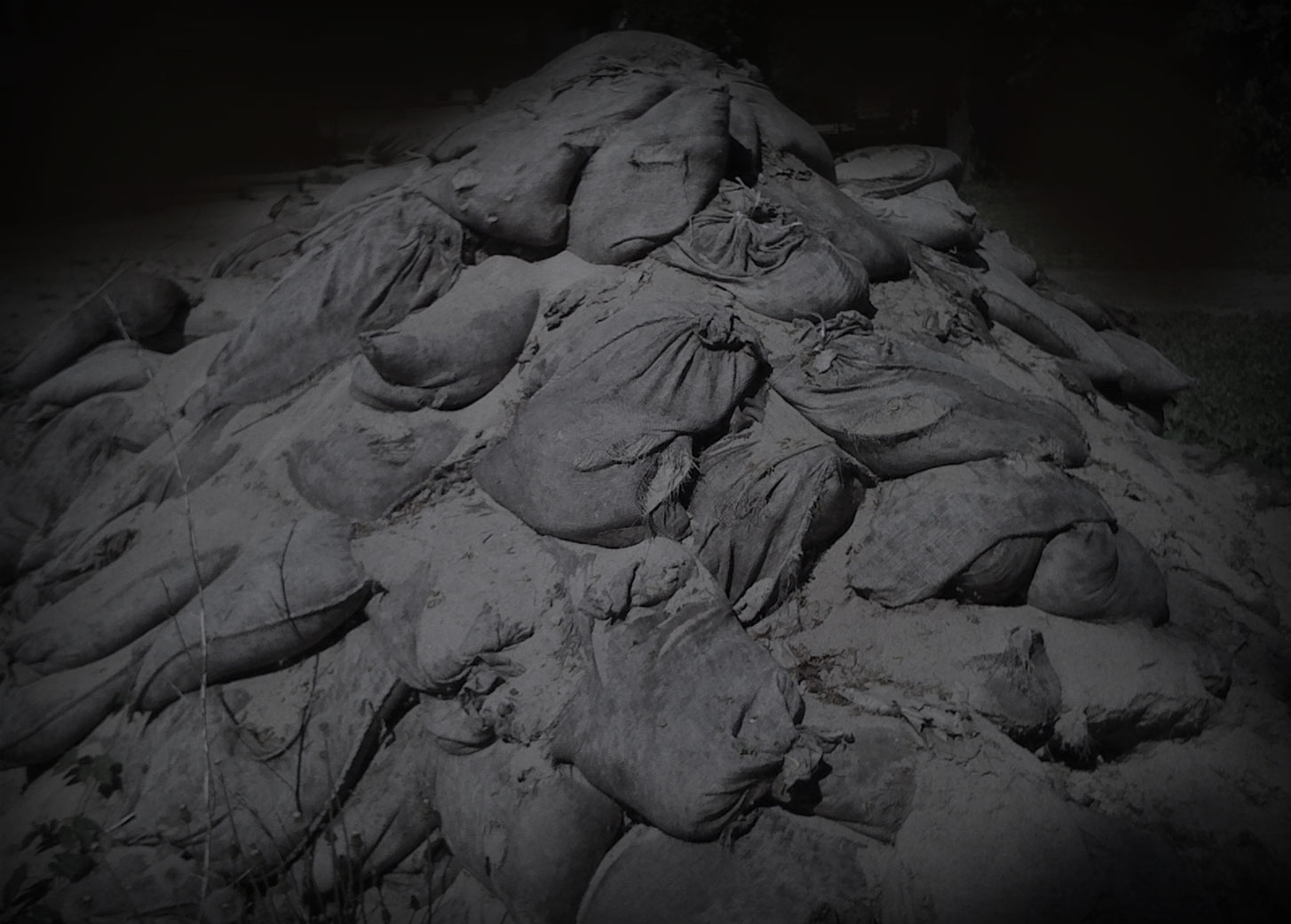

STUDIA UBB DRAMATICA, LX, 2, 2015, p. 293 - 296 (Recommended Citation)
“MEMORY…is worth thinking about!” Transylvania in a Kantorian Key
Performance review: Crochiuri din Transilvania sau Melancolia Oului Negru [Croquis from Transylvania or The Melancholy of the Black Egg], directed by Teresa and Andrzej Wełmiński, Faculty of Theatre and Television, Babeș-Bolyai University of Cluj, Romania, 2015.
With: Denisa Blag, Irina Boboș, Liviu Bora, Andra Buicu, Diana Crăciun, Bianco Erdei, Alexandru Manea, Alina Mișoc, Oana Nemeș, Mara Opriș, Paul-Sebastian Popa, Oana Secară, Alexandra Sotirov, Ionuț Șerban, Eduard Trifa, Diana Tușa, Ciprian Valea, Carina Wagner, Simion Zaiț Professors: Ionuț Caras, Filip Odangiu, Mara Opriș, Ferenc Sinkó
As the audience walked through the corridor of the Faculty of Theatre and Television, Babeș-Bolyai University of Cluj, towards the entrance to the Harag Studio, the venue of the most recent Teresa and Andrzej Wełmiński workshop presentation, they were greeted by a series of peculiar wooden and cardboard objects designed by the students who comprise the cast. For all those acquainted with the theatrical works of the renowned Polish artist Tadeusz Kantor (1915-1990), that evening of April 9 2015, from this initial meeting with these ready-made, poor objects to the very end, must surely have been an emotional one. We could even call it a historic one, as for the first time in the history of Romanian theatre audiences had the opportunity of a “first-hand” encounter (not mediated through video recordings) with the theatrical philosophy and stage practices of the world-famous Polish artist Tadeusz Kantor and his Cricot-2 Theatre. And what an encounter it was! Present in Cluj from 22 March to 9 April 2015, for a three-week workshop with the 2nd year students in Acting from the Faculty of Theatre and Television (professors: Ionuț Caras, Filip Odangiu, Mara Opriș, Ferenc Sinkó), Teresa and Andrzej Wełmiński brought to the heart of Transylvania their vast experience and knowledge of the Kantorian theatre, as well as a complete openness to teach and a desire to understand and employ their student actors’ potential and cultural background to the advantage of the art work. It is worth mentioning also, as a further argument in supporting the claim that we witnessed an historic event, that on April 6 2015, three days before the workshop presentation, the artistic world celebrated Tadeusz Kantor’s 100th birthday, an event marked in Cluj-Napoca by a public meeting with the two artists, close collaborators of Kantor’s for almost twenty years. What the spectators could see on the evening of April 9 was not a theatre production per se. The two directors themselves avoid this term, preferring instead to refer to Croquis from Transylvania or The Melancholy of the Black Egg as a “presentation of the workshop results”. At the same time, what we see on stage, Teresa and Andrzej Wełmiński add, are not characters, but rather “figures”, sublimated representations of the Romanian mentality and cultural background, figures which, in Kantor’s words, “bring with them their fate and destiny” and “exist at the borderline between life and death” (T. Kantor, UmarłaKlasa-Partytura), in the realm of our collective memory. As a result, the space of the representation, populated by bizarre objects and contraptions reminiscent of both Kantor’s poor objects and Kurt Schwitters’ collages, is also situated at the boundary between present and past, between reality and dream. Through the use of the parallel actions/ spaces technique, a trademark of the Cricot- 2 Theatre ever since the 1961 production of The Water Hen, whose immediate effect is the presence of several simultaneous focal points on stage and a willing dissolution (to the point of absence) of a unifying plot, Croquis from Transylvania… emphasizes its visual dimension, becoming a sui generis celebration of the cultural memory(ies) of the very specific space it illustrates. And memory is without a doubt a key concept of this workshop presentation. In its witty “play with Kantor” framework, evocative of Kantor’s own “play with Witkacy” creative stage (1955-1974), Croquis from Transylvania… begins with Mara Opriș’ character/figure reading from Kantor’s 1988 Memory manifesto: “MEMORY,/ memory of the past, / held in contempt / by the SOBER-MINDED / highly valued members of humankind...”. Channeling Kantor’s words and belief that the stage can represent “the altar” of Memory, the workshop presentation unfolds before us the stories, legends, beliefs that together form an “X-ray photograph” of the local spirit. In a flea market-like atmosphere, each of the character/figures “sells” his/her own story, his/her own reality, his/her own memories. Interwoven by the thread of a traditional flax bundle (“fuior”), at times joyfully, other times nostalgically (characterized by longing, “dor”), the stories blend together in a heterogeneous, yet carefully constructed, canvas of humanity: particular, defined by the affiliation to a certain cultural space, yet, at the same, universal. Croquis from Transylvania or The Melancholy of The Black Egg is a remarkable artistic work for several reasons. It is, as the result of a workshop, a testament to Teresa and Andrzej Wełmiński’s experience as teachers, as they managed to create an atmosphere of collaboration with their student-actors, the collective work bringing forth the best in them. At the same time, it is undeniable proof that Tadeusz Kantor and Cricot-2 Theatre’s stage practices cannot be confined only to a certain space and time and can unquestionably “touch” actors and audiences which didn’t have the opportunity to directly witness the company’s productions. Last but not least, it is a splendid introspection into the realm of memory, both individual and collective, demonstrating that, as Kantor said, “MEMORY…is worth thinking about”!
EUGEN WOHL, Postdoctoral Researcher (project POSDRU/ 159/1.5/S/132400), Faculty of Letters, Babeș-Bolyai University of Cluj E-mail: [email protected]
http://studia.ubbcluj.ro/download/pdf/951.pdf